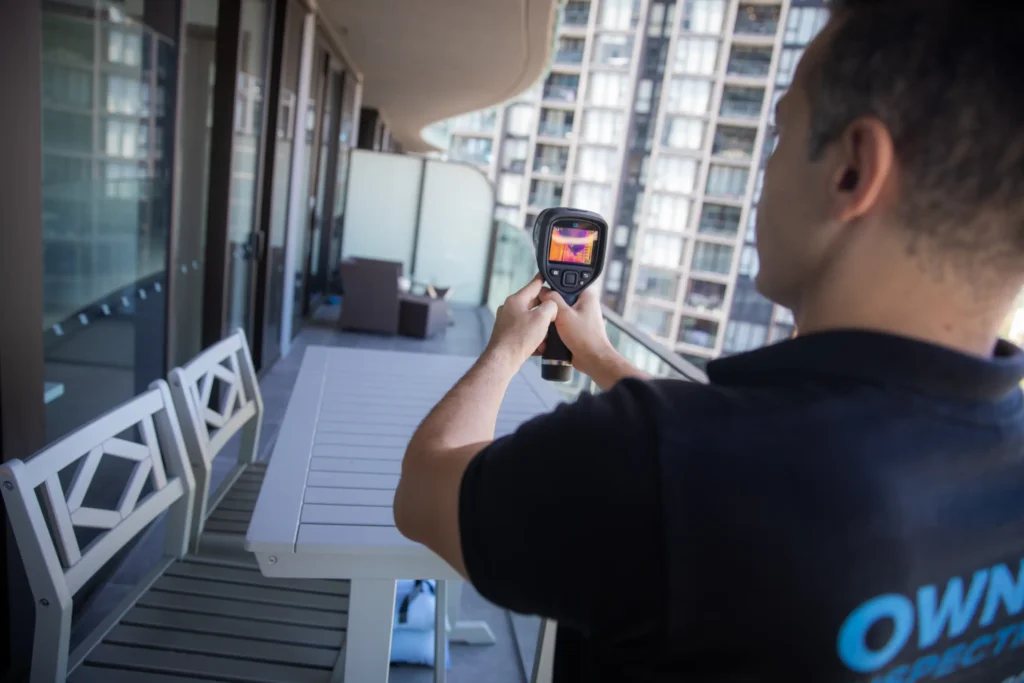
Tenant Inspection Guide for Landlords and Renters
Tenant inspections are a critical aspect of property management, helping landlords maintain their investment while ensuring tenants enjoy a safe and habitable home. Regular inspections help prevent minor maintenance issues from becoming costly repairs.
They also allow tenants to report concerns, reinforcing a positive landlord-tenant relationship. Inspections balance a landlord’s responsibility to upkeep the property and a tenant’s right to privacy. In Australia, rental laws provide clear guidelines for conducting these inspections legally and fairly.
What is a Tenant Inspection?
A tenant inspection is an assessment of a rental property to ensure the lease agreement is maintaining it. These inspections fall into different categories:
- Routine Inspections – Conducted periodically to check general maintenance and tenant compliance. These inspections are preventive measures that help identify minor issues before they escalate.
- Move-In and Move-Out Inspections – Done at the beginning and end of a lease to document the property’s condition. These reports are essential in determining responsibility for damages and ensuring tenants receive their bond refunds where applicable.
- Emergency Inspections – Allowed in urgent situations such as safety concerns, water leaks, electrical hazards, or structural damage. These are conducted without prior notice when immediate action is required to prevent property damage or health risks.
Legal Requirements for Tenant Inspections in Australia
Each state and territory in Australia has its legislation governing rental inspections. The Residential Tenancies Act outlines the frequency, notice period, and conditions under which landlords can conduct inspections.
Notice Period Requirements by State:
- NSW: 7 days’ written notice for a routine inspection
- VIC: 24 hours’ notice
- QLD: 7 days’ notice
- WA: 7 to 14 days’ notice
- SA: 7 to 14 days’ notice
- TAS: 24 hours’ notice
- NT: 7 days’ notice
- ACT: 7 days’ notice
Landlords cannot conduct excessive or unannounced inspections unless there is an emergency. They must also ensure inspections occur at reasonable hours, typically between 8 AM and 6 PM.
Landlord Responsibilities During Inspections
1. Providing Proper Notice
A written or digital notification must be given to tenants within the required timeframe. The notice should include the date, time, reason for inspection, and landlord contact details. It should be delivered via email, text, or a formal letter.
2. Frequency of Inspections
Landlords can typically conduct quarterly inspections in most states but must not exceed the legal limits. Conducting excessive inspections can be seen as harassment and may result in legal consequences.
3. Areas to Inspect
- Interior: Walls, ceilings, flooring, doors, windows, plumbing, electrical systems, appliances, smoke alarms, heating and cooling systems.
- Exterior: Roof, gutters, fencing, driveways, garden condition, potential pest infestations.
- Lease Compliance: Identifying unauthorized pets, illegal subletting, misuse of property, or any lease agreement breaches.
4. Documentation and Record-Keeping
Landlords should take photos, videos, and notes during inspections, using a rental inspection checklist to avoid disputes. Proper documentation ensures transparency and serves as evidence in case of disagreements over damages or bond claims.
Tenant Rights During Inspections
1. Right to Privacy
Tenants have the right to quiet enjoyment of their home. Landlords must follow privacy laws and cannot enter outside of the agreed notice period. Inspections should be conducted professionally and without unnecessary disruptions.
2. Conditions for Entry
Landlords must have a valid reason for entry and conduct inspections during reasonable hours. Tenants can be present during the inspection if they choose.
3. Handling Disputes
If tenants believe an inspection violates their rights, they can file complaints with tenancy authorities in their state. If disputes arise over property conditions, tenants and landlords should document concerns and seek mediation before escalating to a tribunal.
How to Prepare for an Inspection
For Landlords:
- Provide written notice well in advance.
- Use a structured rental inspection checklist.
- Conduct the inspection professionally and respectfully.
- Take detailed notes and photographs for records.
- Address any maintenance concerns promptly.
For Tenants:
- Clean and organize the property before inspection.
- Address minor maintenance issues.
- Ensure all safety equipment (smoke alarms, locks, etc.) is in working order.
- Be present during the inspection if preferred.
- Request a copy of the inspection report if necessary.
Common Issues Found During Inspections
- Property Damage: Holes in walls, broken appliances, missing fixtures, water damage.
- Cleanliness Issues: Mold buildup, pest infestations, poor hygiene maintenance.
- Unauthorized Modifications: Alterations made without landlord approval, such as painting or structural changes.
- Unreported Maintenance Issues: Leaks, faulty electrical wiring, plumbing issues, mold.
- Lease Violations: Unauthorized occupants, pets, smoking indoors, illegal activities.
End-of-Lease Inspections & Bond Refunds
1. What is an End-of-Lease Inspection?
This final inspection determines if the property meets lease requirements before returning the bond. A condition report is used to compare the property’s condition at the start and end of the tenancy.
2. Differentiating Normal Wear and Tear vs. Damage
- Wear and Tear: Faded paint, minor carpet wear, loose door handles.
- Tenant-Caused Damage: Broken fixtures, excessive stains, holes in walls, deliberate property alterations.
3. Getting a Full Bond Refund
- Thoroughly clean the property.
- Repair tenant-caused damage.
- Provide documentation for disputes.
- Ensure all keys and remotes are returned.
- Take photos before handing over the property.
Legal Considerations & Best Practices
For Landlords:
- Follow rental laws and privacy regulations strictly.
- Maintain thorough inspection records.
- Avoid excessive inspections to prevent legal disputes.
- Work with property managers for compliance.
For Tenants:
- Be aware of rights and obligations.
- Request documentation of inspection findings.
- Seek legal assistance in case of disputes.
Need Help with Rental Inspections?
Keeping rental properties in compliance while maintaining positive landlord-tenant relationships requires expertise. If you need professional inspection services, guidance on rental compliance, or support with dispute resolution, contact our expert team today for assistance.
